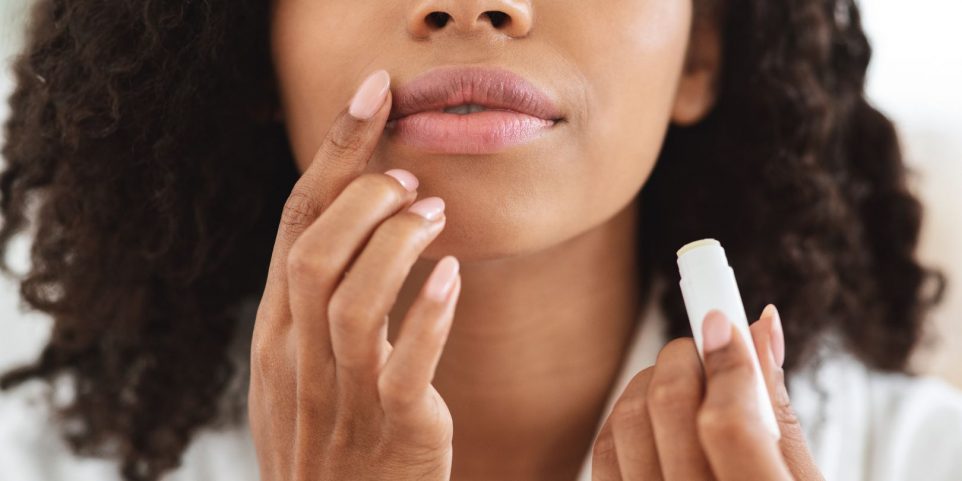4 Treatments for Hyperpigmentation on Lips

When it comes to beauty and self-confidence, the lips play a significant role. People don’t realize, but the skin of your lips is one of the most delicate places of the face besides the under-eye area. However, hyperpigmentation, the uneven darkening of the skin, can affect the lips and mar their natural beauty. Whether caused by sun exposure, hormonal changes, or other factors, hyperpigmentation on the lips can be distressing. In this article, we’ll delve into the world of lip hyperpigmentation, exploring its causes and, more importantly, discussing four effective treatments that can help restore your lips to their vibrant and radiant state.
Understanding Hyperpigmentation on Lips
Hyperpigmentation on the lips occurs due to an overproduction of melanin, the pigment responsible for skin, hair, and eye color. It can manifest as dark spots, patches, or uneven coloration on the lips, affecting their appearance. Sun exposure, hormonal fluctuations, smoking, and even certain medications can trigger lip hyperpigmentation. The delicate skin on the lips is particularly susceptible to these factors, making it essential to adopt targeted treatments.
Treatment 1: Topical Creams and Serums
Topical treatments like dark spot correctors with ingredients like hydroquinone, kojic acid, vitamin C, and retinoids can be effective in reducing lip hyperpigmentation. These compounds work by inhibiting melanin production and promoting cell turnover, gradually lightening the affected areas. Regular and consistent application is key to seeing results over time.
Treatment 2: Chemical Peels
Chemical peels involve the application of a chemical solution to the lips, which exfoliates the outer layers and encourages new, evenly pigmented skin to emerge. Glycolic acid and lactic acid peels are commonly used for lip hyperpigmentation. A series of peels spaced a few weeks apart can help reveal smoother, more uniform lips.
Treatment 3: Laser Therapy
Laser treatments, such as fractional laser and Q-switched lasers, target the melanin in the lips, breaking down the excess pigment and stimulating collagen production. These treatments are precise and can yield significant improvement in lip hyperpigmentation. However, multiple sessions may be required for optimal results.
Treatment 4: Microdermabrasion
Microdermabrasion involves the mechanical exfoliation of the top layer of skin, helping to remove darkened surface cells and promote skin renewal. This treatment can be effective for mild cases of lip hyperpigmentation and is often used in conjunction with other therapies for enhanced results.
Prevention and Aftercare
To prevent future occurrences of lip hyperpigmentation, it’s crucial to use a broad-spectrum lip balm with sun protection daily. Additionally, avoiding smoking and addressing any underlying hormonal imbalances can contribute to maintaining even lip pigmentation. After undergoing treatments, diligent sun protection and moisturization are essential to support the healing process and prevent further darkening.
Understanding Risks
While various treatments offer promising solutions for lip hyperpigmentation, it’s important to acknowledge that each procedure comes with its own set of risks and considerations. Topical creams and serums, although generally well-tolerated, can occasionally cause skin irritation or allergic reactions. Chemical peels, especially if performed improperly or at excessive strengths, can lead to burns, scarring, or further pigmentation issues. Laser therapy, while effective, carries risks of blistering, redness, and temporary discomfort. Microdermabrasion, while gentler than some other methods, may lead to temporary redness, sensitivity, or uneven exfoliation if not performed correctly. It’s crucial to select a skilled and experienced practitioner to minimize these risks.<//p>
Remember, no treatment guarantees permanent results, and individual responses can vary. It’s also important to note that post-treatment care, including diligent sun protection and moisturization, is essential to prevent complications and ensure optimal healing. To mitigate potential risks and maximize the benefits of any chosen treatment, consult a qualified skincare professional or dermatologist. Their expertise will help determine the most suitable approach for your unique condition and minimize the likelihood of adverse effects.
Elevating the Shopping Game
Our platform offers in-depth reviews and analyses across various product categories, empowering you to shop with confidence and precision. Here, transparency and detailed research pave the way for smart choices that reflect your needs and values. Join our community and elevate your shopping experience from buyer to expert, one report at a time.